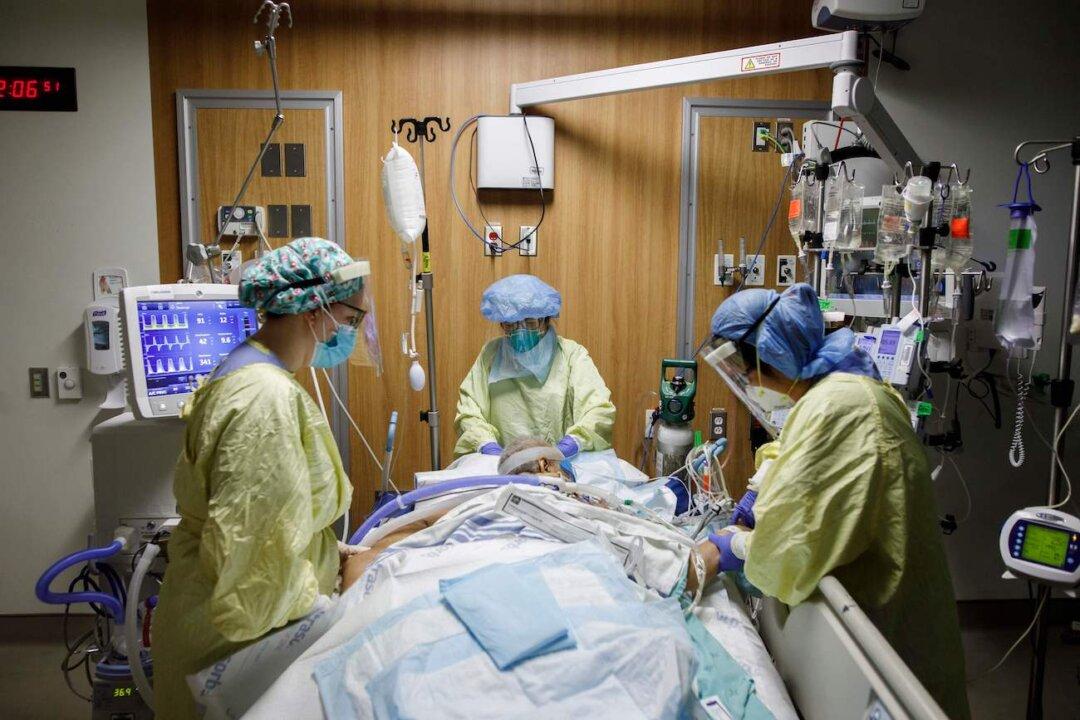After more than three years of mandatory continuous masking in Alberta hospitals, long-term care facilities, labs, and other health-related government-managed sites, Alberta Health Services (AHS) has rescinded the requirement.
The decision to end masking was announced on June 15, with AHS stating that as of June 19, continuous masking will no longer be required at AHS facilities, including Continuing Care and contracted sites.





